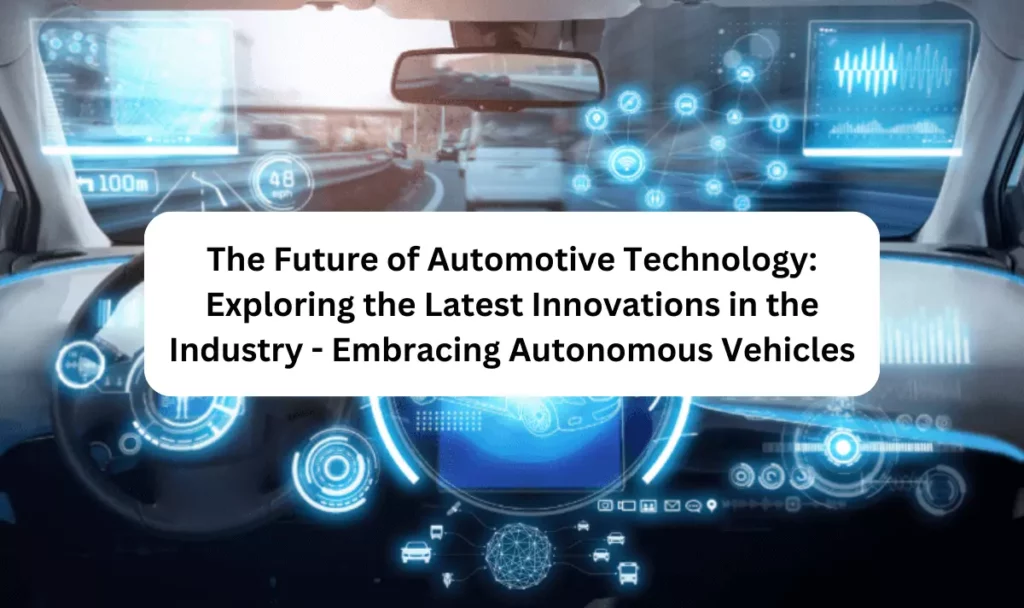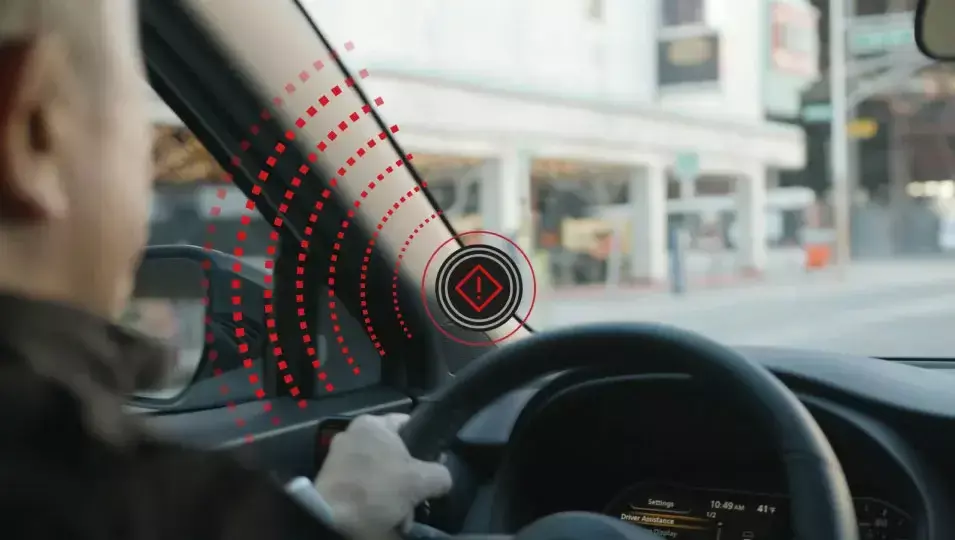
Autonomous vehicles, also known as self-driving cars, have gained significant attention in recent years. With advancements in artificial intelligence and sensor technology, these vehicles have the potential to revolutionize transportation as we know it. But what exactly are autonomous vehicles, and how do they work?
What are autonomous vehicles?
Autonomous vehicles are automobiles capable of navigating and operating without human intervention. They utilize a combination of sensors, cameras, radar, and advanced algorithms to perceive the surrounding environment and make informed decisions based on that data. These vehicles are designed to detect obstacles, understand traffic signals, and safely maneuver through different road conditions.
How do autonomous vehicles work?
Autonomous vehicles rely on a multitude of technologies to function effectively. These include:
Sensors

Autonomous vehicles use various sensors such as LiDAR (Light Detection and Ranging), radar, and cameras to perceive their surroundings. LiDAR sensors create detailed 3D maps of the environment, while radar helps detect objects and calculate their distance. Cameras provide visual information to recognize road signs, traffic lights, and pedestrians.
Artificial Intelligence (AI)
The heart of autonomous vehicles lies in their AI systems. These systems analyze the data collected by sensors and make real-time decisions. AI algorithms process the information, interpret it, and generate appropriate responses to navigate the vehicle safely.
Connectivity
Autonomous vehicles often rely on wireless connectivity to communicate with other vehicles, infrastructure, and central control systems. This connectivity enables real-time updates on traffic conditions, road hazards, and route optimization.
Mapping and Localization
Precise mapping and localization are crucial for autonomous vehicles. High-definition maps, combined with GPS and other localization techniques, allow these vehicles to understand their exact position on the road and plan their routes accordingly.
The Future of Autonomous Vehicles

As technology continues to advance, the future of autonomous vehicles holds immense potential. Here are some key developments to watch out for:
Level 5 Autonomy
Currently, most autonomous vehicles are categorized under level 2 or 3 autonomy, meaning they still require some level of human supervision. However, the future holds the promise of level 5 autonomy, where vehicles can operate without any human intervention under all driving conditions.
Enhanced Safety

One of the primary goals of autonomous vehicles is to improve road safety. With their ability to analyze vast amounts of data in real-time, these vehicles can potentially eliminate human errors, which are responsible for the majority of accidents.
Efficient Traffic Flow
Autonomous vehicles have the potential to optimize traffic flow, reducing congestion and travel times. With interconnected systems and real-time data sharing, vehicles can communicate with each other to coordinate movements and avoid traffic bottlenecks.
Accessibility
Self-driving cars have the potential to increase accessibility for individuals with disabilities or the elderly. By providing reliable transportation options, autonomous vehicles can enhance mobility and independence for those who might otherwise face limitations.
Shared Mobility
The rise of autonomous vehicles is expected to lead to increased adoption of shared mobility services. Ride-hailing companies and public transportation systems can leverage autonomous fleets to provide efficient and cost-effective transportation options.
Environmental Benefits
Electric and hybrid autonomous vehicles can significantly reduce carbon emissions and help combat climate change. As the world shifts toward sustainable transportation, autonomous technology can play a vital role in achieving greener and cleaner cities.

Max isn’t your ordinary auto blogger. He’s your friendly neighborhood gearhead, here to guide you through the automotive maze. His blog is like a conversation with a buddy who’s always got the latest auto scoop.

